Accelerating into the upper middle income group
Suffering from the severe consequences of war, Vietnam after 1975 was plunged into poverty, backwardness and countless difficulties. Infrastructure was almost destroyed, the economy operated under a stagnant subsidy mechanism, production mainly relied on self-sufficient agriculture. Inflation at times exceeded 700%, people's lives were extremely deprived and the average income per capita was only about 100 USD/year. Since the implementation of the renovation process in 1986, Vietnam has gradually escaped the crisis, risen strongly, and become one of the most dynamically developing economies in the Asia- Pacific region.
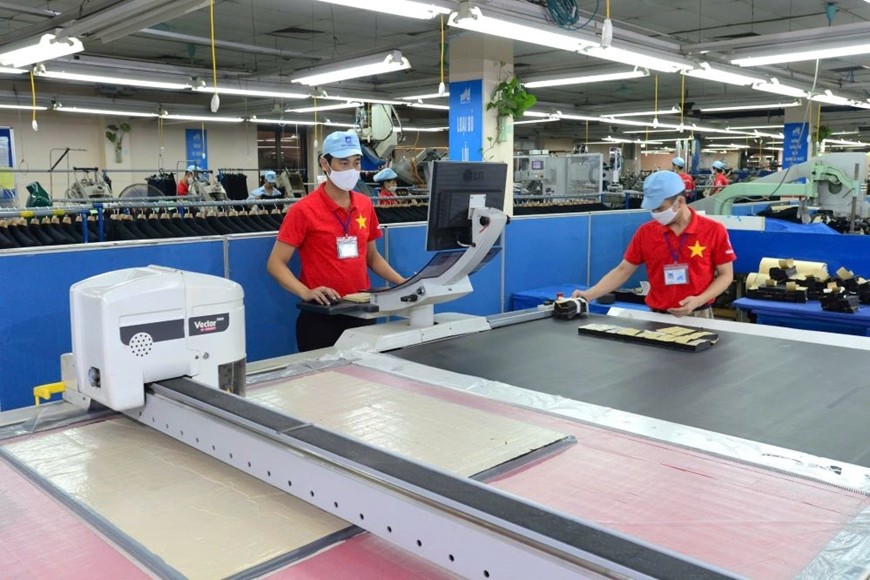 |
| Production activities at Garment 10 Joint Stock Corporation. (Photo: People's Army Newspaper) |
Over the past three decades, Vietnam's average annual gross domestic product (GDP) growth has been around 6-7%, despite global challenges such as the Covid-19 pandemic or global economic fluctuations. By 2024, Vietnam's economy will reach over 476 billion USD, ranking fourth in ASEAN, after Indonesia, Singapore and Thailand. Currently, Vietnam is among the top 40 economies in the world and ranked 32nd in the top 100 strongest national brands in the world. After 50 years, the lives of Vietnamese people have changed dramatically. If in the early 1990s, the poverty rate was 58%, by 2024, the national multidimensional poverty rate was 4.06%; Vietnam's GDP per capita will reach around 4,700 USD, entering the group of upper middle-income countries.
One of the major pillars of Vietnam's economic growth is exports. With open policies, a favorable business environment and an abundant labor force, Vietnam has become an attractive magnet for foreign direct investment (FDI). Vietnam's export turnover has grown dramatically, from less than 1 billion USD in 1986 - the time of the beginning of the renovation process - to surpass 400 billion USD by 2024.
Vietnam is currently among the top 20 countries with the largest trade turnover in the world and is considered one of the most open and deeply integrated economies in the region. The breakthrough in trade not only reflects Vietnam's production, export and international integration capacity but is also the result of institutional reform, simplification of administrative procedures, signing of new-generation free trade agreements (FTAs) and building an open business environment.
Flexible and adaptive economic policies are considered the key for Vietnam to overcome the “headwinds” and achieve high growth in the context of the global economic recession with many uncertainties and unpredictable developments. However, Vietnam still faces many challenges on the path of development such as uneven development between regions, the gap between rich and poor, the pressure of an aging population, climate change, low labor productivity compared to developed countries and especially the requirement for green transformation and sustainable development in the context of increasingly fierce global competition.
New launcher
Vietnam has set a GDP growth target of 8% or more in 2025 - a significantly higher target than the National Assembly's target of 6.5-7%. This is not only a number that reflects expectations but also demonstrates the strategic vision and aspiration to rise strongly in the context of the country entering a new development stage. The high growth target is identified as an important step to create momentum for Vietnam to break through double-digit growth in the following stages. As Prime Minister Pham Minh Chinh affirmed: Setting high targets is necessary to motivate all people and the entire political system to work together to achieve the country's long-term goals. "The task of achieving GDP growth of 8% or more in 2025, no matter how difficult, must be done, it cannot be done," Prime Minister Pham Minh Chinh stated.
High growth and aiming for double-digit growth is an ambitious goal for Vietnam but it is completely grounded, stemming from a stable macroeconomic foundation, large growth potential, along with a strong determination to reform institutions, transform the growth model, promote science and technology and digital transformation. The GDP growth result in the first quarter of 2025 reached 6.93%, showing positive signals of the economy, while posing many challenges on the journey to the finish line.
To realize this goal, the Government focuses on renewing and strengthening traditional growth drivers, while actively cultivating new growth drivers. In particular, public investment is considered a "stimulus lever": The Government focuses on effectively disbursing public investment capital, prioritizing strategic transport infrastructure. Regarding private investment, the Government is committed to improving the business environment, creating maximum convenience for domestic enterprises to develop, while selectively attracting FDI capital flows, prioritizing high-tech, innovative, green and sustainable projects.
Meanwhile, to maintain high export momentum, the Government is actively supporting businesses to expand their markets through new-generation FTAs, effectively taking advantage of integration opportunities. At the same time, Vietnam is prioritizing the development of high-value-added sectors, such as: high-tech industry, digital economy and innovation; high-tech agriculture associated with green and sustainable exports; renewable energy, circular economy, low-carbon economy; high-quality services, logistics, green tourism, digital finance. Notably, with fluctuations in the global economy, Vietnam is flexibly using legal, economic and diplomatic measures to protect its interests in international trade.
Not only is Vietnam a country that has recovered from the war, it is also a symbol of indomitable spirit, creativity and aspiration to rise up. From a country that was once besieged and embargoed, Vietnam today has established diplomatic relations with nearly 200 countries and territories, and deeply participated in multilateral organizations. The image of a peaceful, cooperative Vietnam, continuing to walk steadily on the path of prosperous and sustainable development is increasingly affirmed.
According to People's Army Newspaper
https://www.qdnd.vn/kinh-te/cac-van-de/tu-nen-kinh-te-lac-hau-den-muc-tieu-tang-truong-hai-con-so-826157
Source: https://thoidai.com.vn/tu-nen-kinh-te-lac-hau-den-muc-tieu-tang-truong-hai-con-so-213191.html









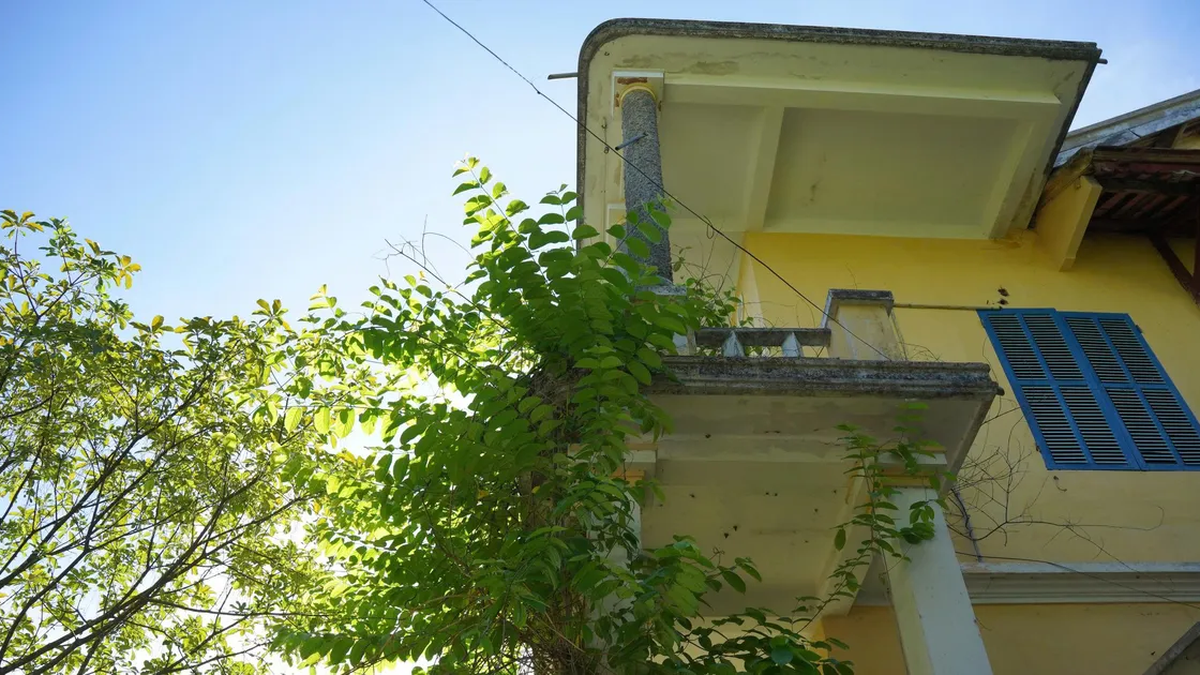














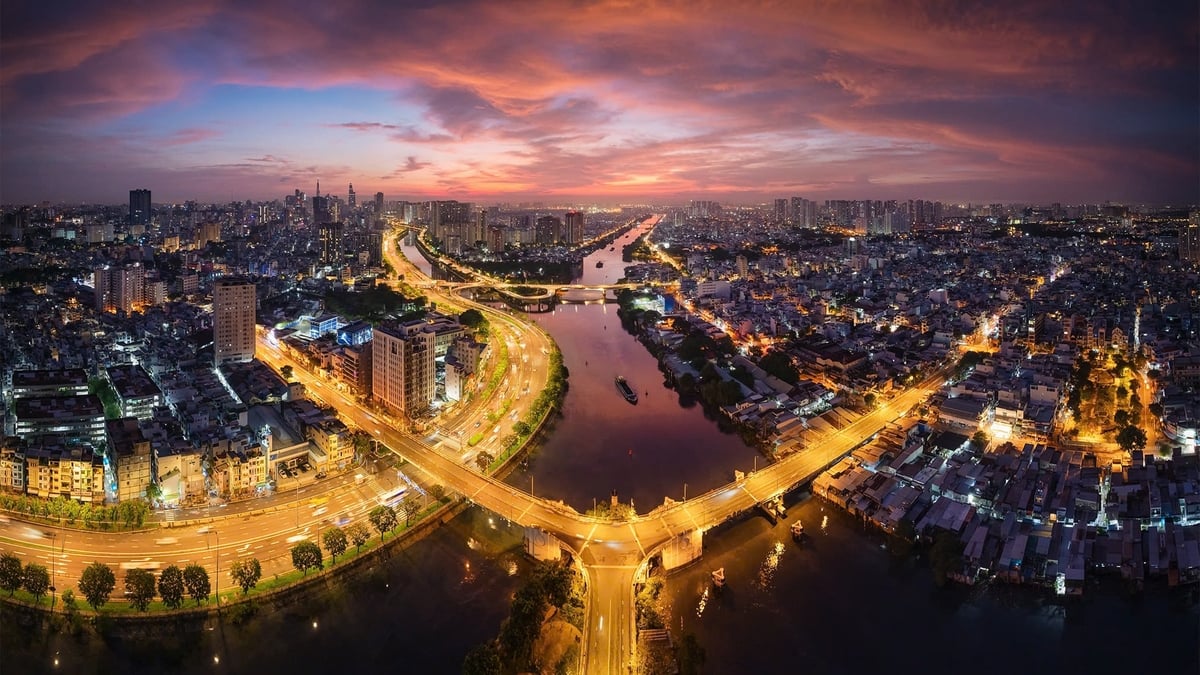
















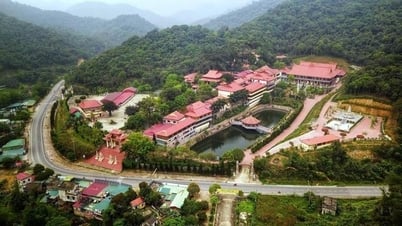
























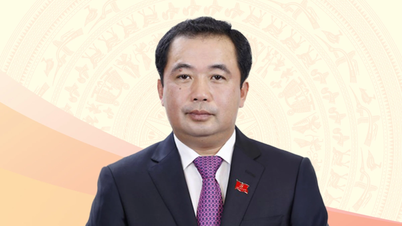
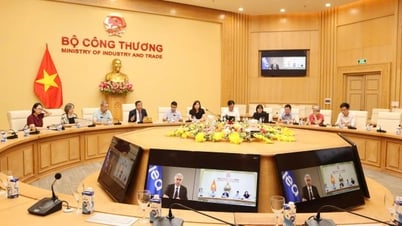




























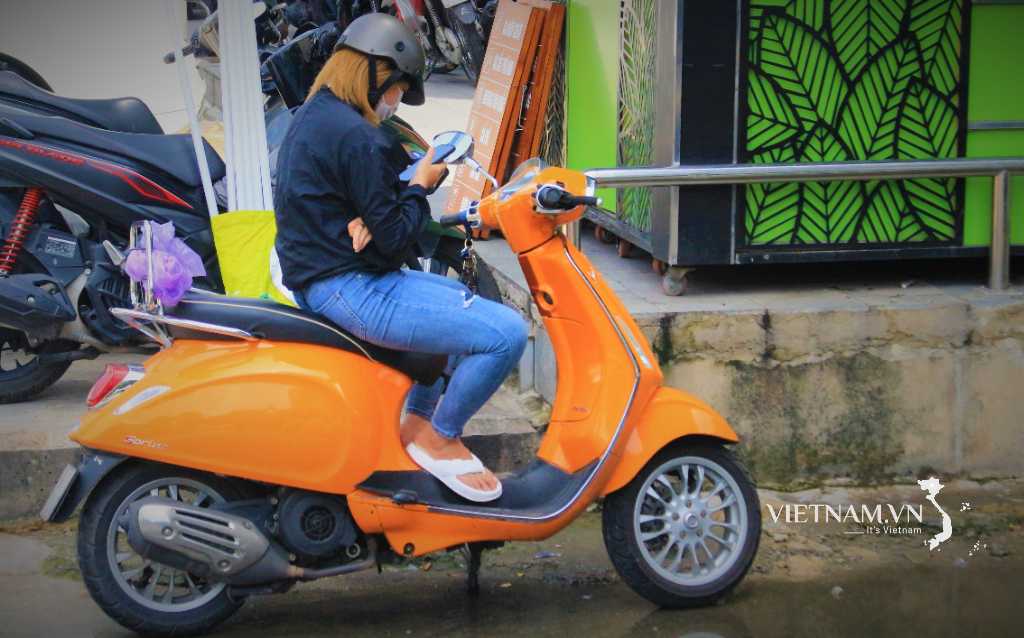



Comment (0)